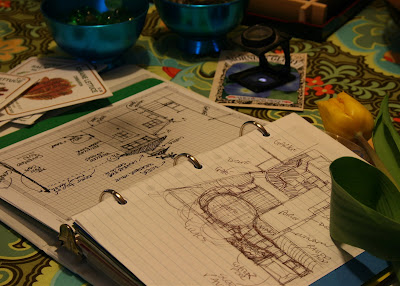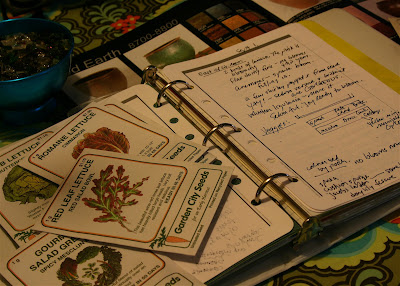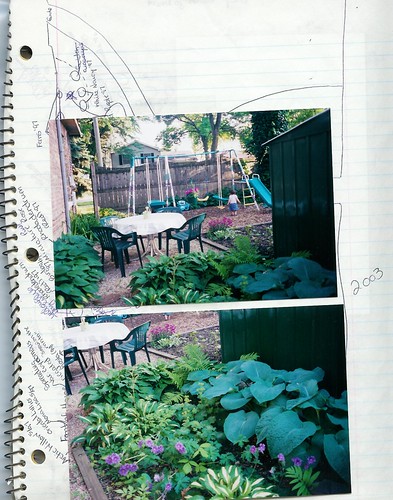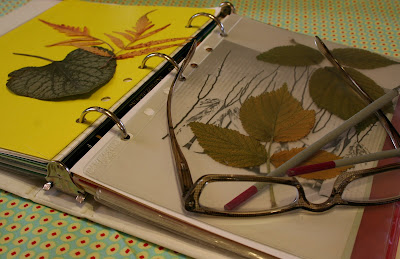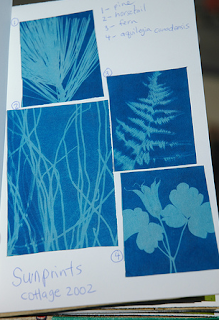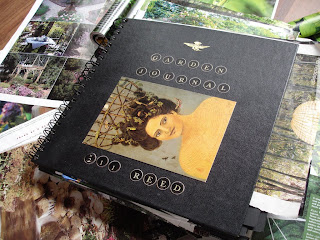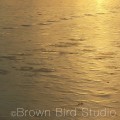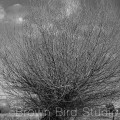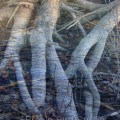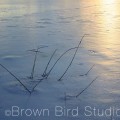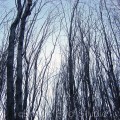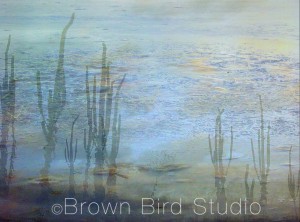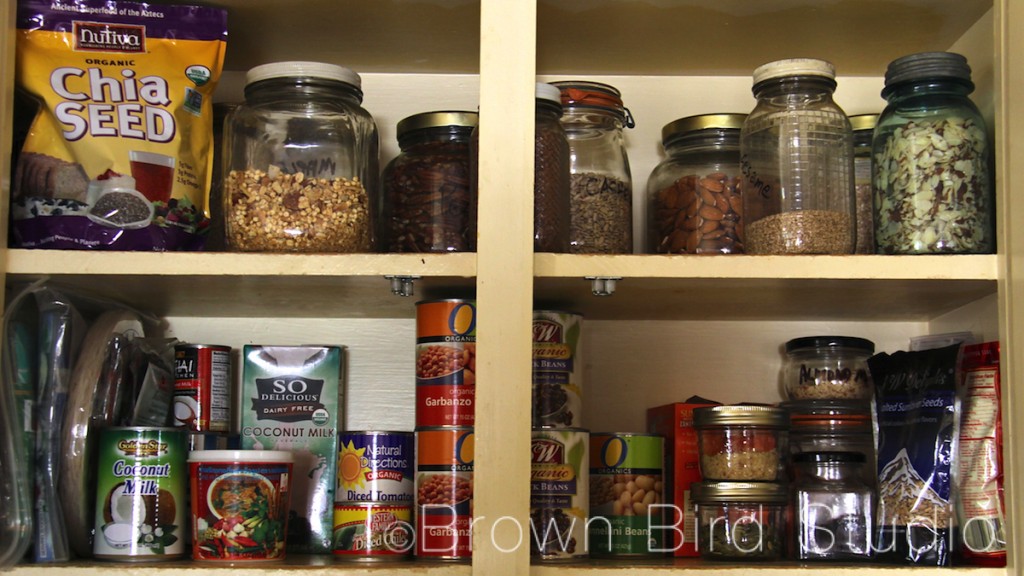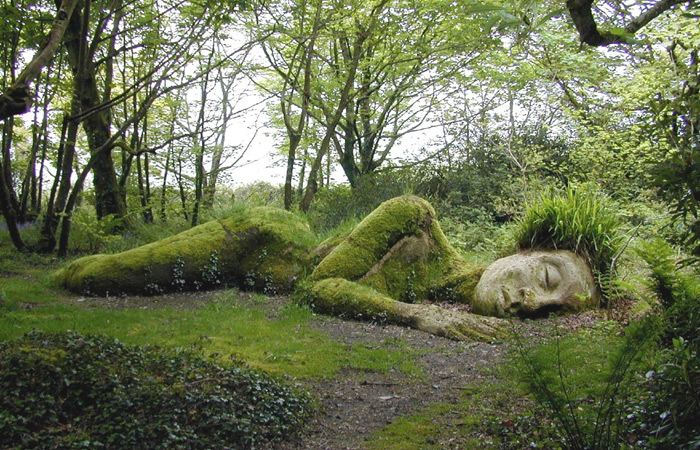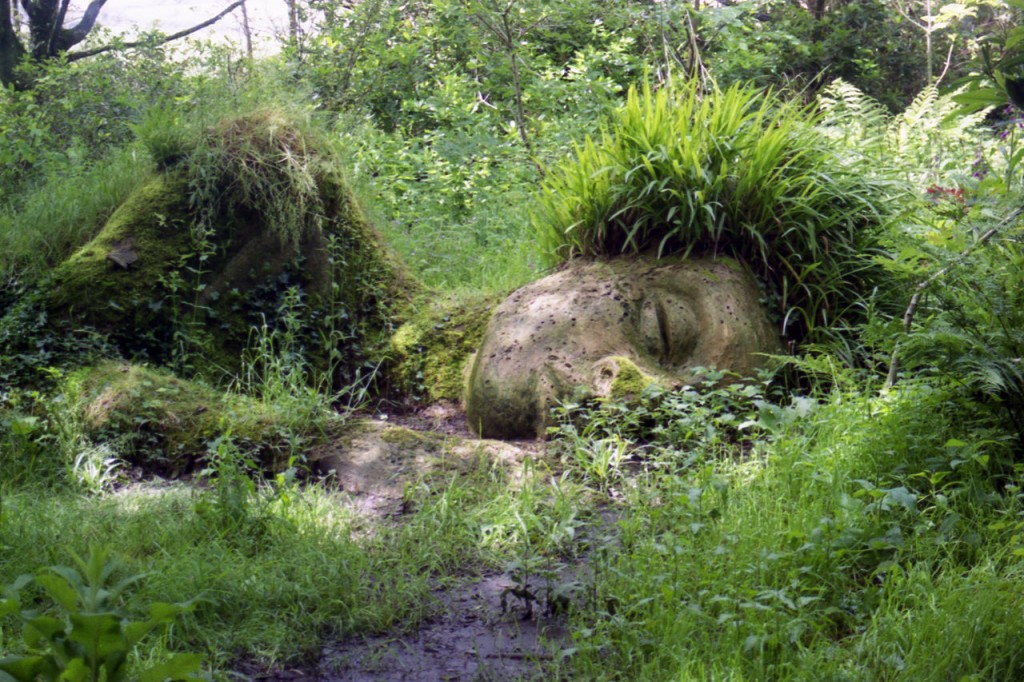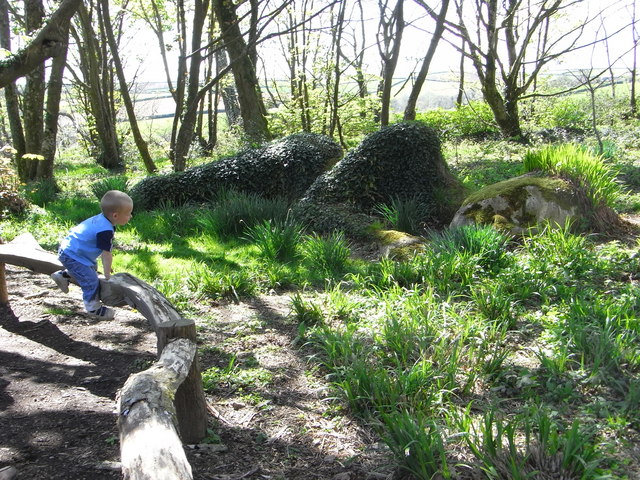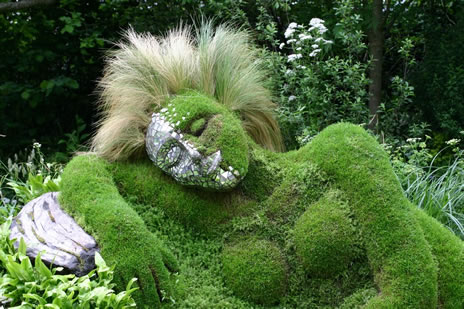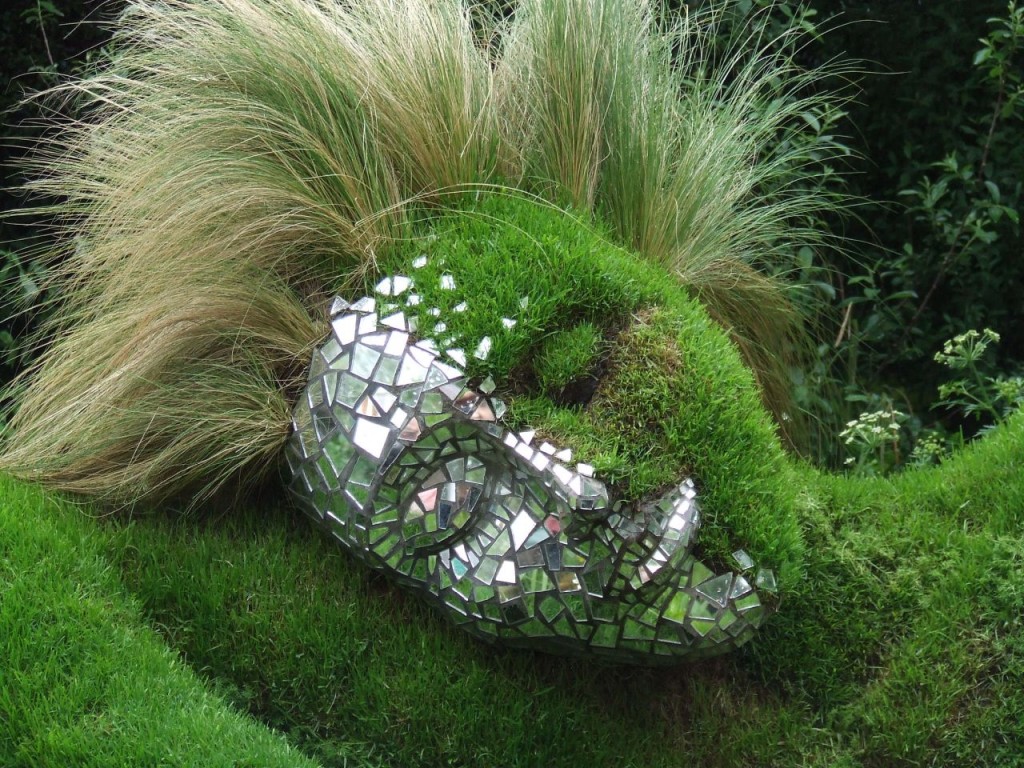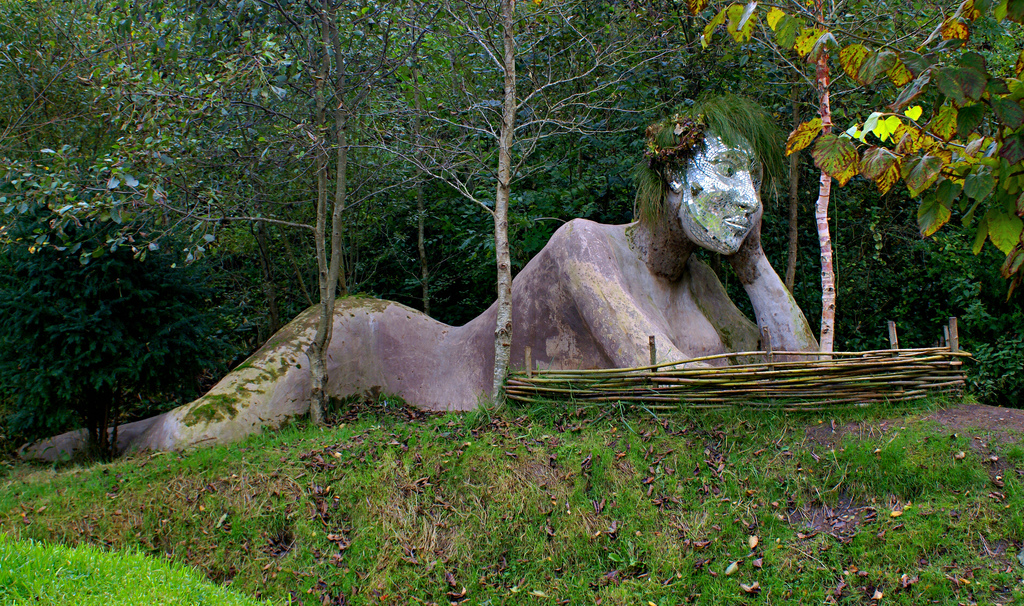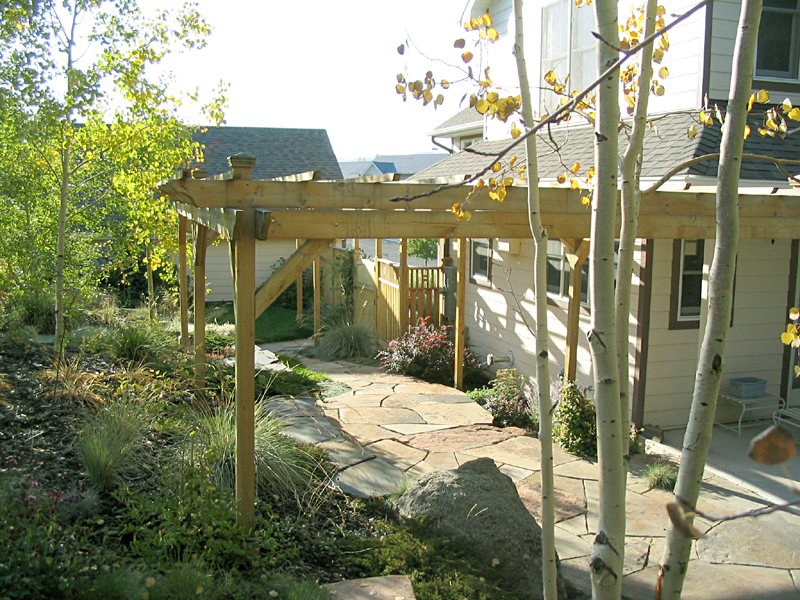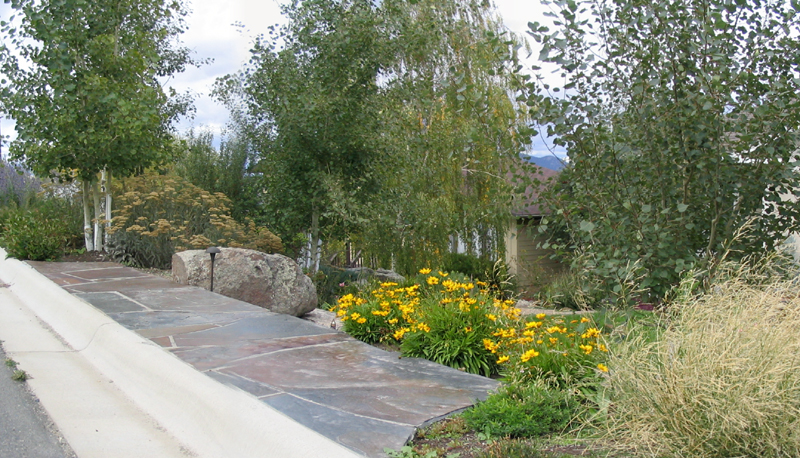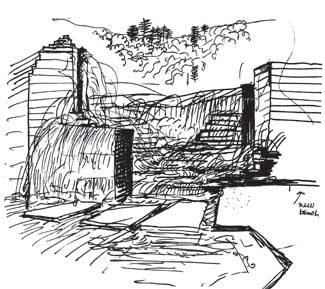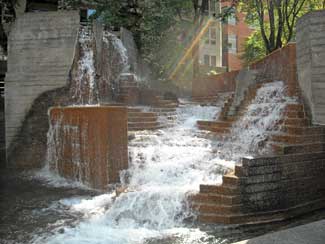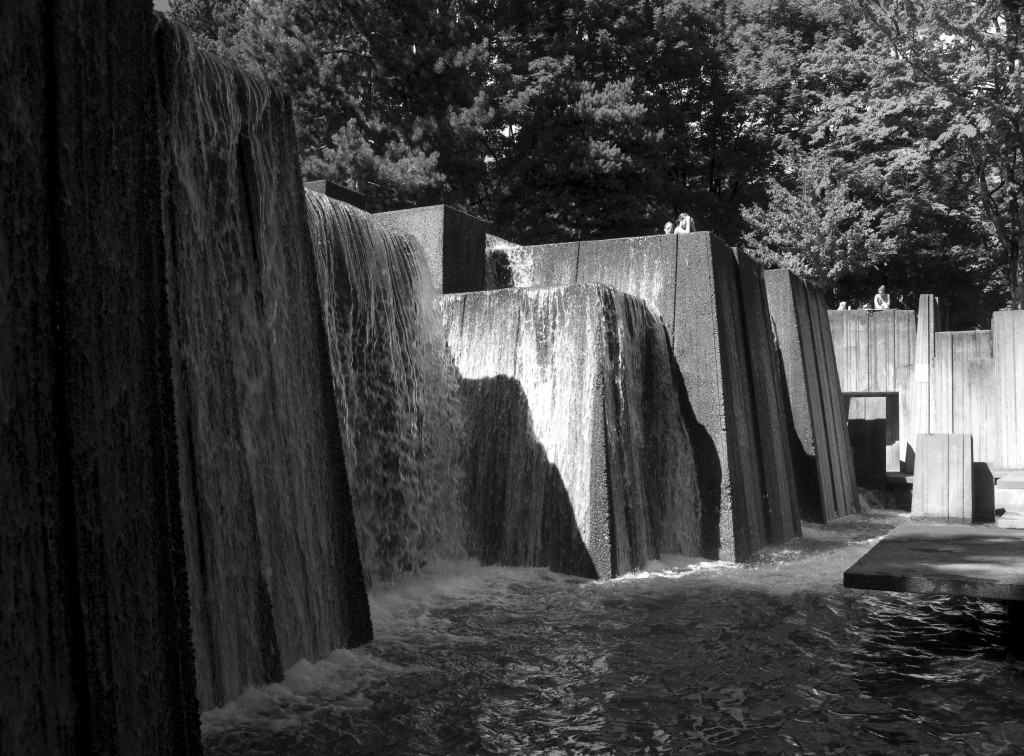It’s about time I wrote about my spiritual journey. This is not something I talk about or write about very often, though if asked, I will tell you whatever you want to know. But my spiritual beliefs are so intertwined with being an artist that I think it’s important to acknowledge and honor that part of me here. This is a beginning…
I was raised Catholic, went through a period of studying Zen Buddhism in college, and now consider myself to be a Huichol. I have been studying Huichol Shamanism since 1985, when I met Brant Secunda at the Feathered Pipe Ranch in Montana. Somewhere in there, I attended a Methodist Church where I found a nurturing community who helped me raise my two sons as a single mother. I am still connected to the friends I made along the way and thank everyone whose lives I have shared and still do share.
The Huichol say we are created from the elements of the natural world — fire, air, water and earth. Because of this, each of us is a miniature universe, a mirror of both the natural and the spiritual worlds. All the knowledge and secrets of these two worlds are inside of us and everything is perfectly arranged. Shamanism teaches us to tap into that arrangement, to understand and to live in harmony with the natural and spiritual worlds. –Brant Secunda, Dance of the Deer Foundation
Connecting to the spiritual world is part of my daily life. It’s not something I do on Sundays. It’s everyday all day. It’s in breathing. In cooking healthy whole foods. It’s in the way I greet the day or say hello to friends and strangers. It’s in writing, painting, taking photos, walking with Charlie, stroking our cat’s sleek black fur. It’s in having coffee with a friend, doing housework, laughing with Tim or planting the garden. It is being plugged in, charged up with the power of Nature, no matter where I am: in the city or in a red sandstone canyon. It is remembering that I am not separate from the rest of Creation. That everything is sacred and everything is inside me.
Three times a year, my husband and I have a special opportunity to get really charged up, with our ongoing shamanic study group in different places around the world.
For eight days this April, we stayed on a high plateau just outside of Zion National Park. This year was our seventh year near Zion, and we were able to complete five years of pilgrimages to many beautiful and powerful places inside and outside the park. I hope these photos and excerpts from some of my writings (and those of one of my favorite authors, Ellen Meloy) give you an idea of how I connect with nature — and how you can, too.
In May, 2005 and again May, 2008 I photographed a few of the places we visited after our time with our group. Here is what I wrote when I posted those photos five years ago:
The Utah desert is filled with firey colors, textural canyons, ephemeral pools that reflect the shadows and light. In springtime everything bursts with a kind of soulful joy at being alive! Although I cannot do justice to the beauty of this magical place on our planet, I tried to record how I felt while we were there … There are other photographers who have succeeded in capturing the desert’s beauty far better than I have. But for me, this was and still is a personal exercise in connection with this harsh, yet peaceful and totally alive place on Earth.
The second year our group spent in Utah, Tim and I went into the park at dawn one morning to see if we could find an unmarked canyon trail I remembered from a time I hiked it in 1988. We did find it, and it was even more lovely than I remembered. I hiked in bare feet so I could feel the skin of Mother Earth.

Dawn in “my” little canyon … we catch the first rays of sun making firey glow on sandstone beauty, the day still cool from the tattered darkness … sand cool on my bare toes and birdsong reflecting on the cliff faces in torrents of colorful notes. Everything is as still as the most peaceful place on Earth can be. Not a single other soul around except Tim and me.
Each year when we go back to this canyon, I welcome the sight of the wildflowers and the sound of the spadefoot toads. The pools remind me of a necklace of jewels connected by a thread carved in the sandstone. And each time we go, the canyon is different.

The ephemeral pools of Zion’s canyons are home to a delicately balanced community of inhabitants. The most obvious of these are the desert toads Edward Abbey described so beautifully in his book, “Desert Solitaire.” The pools fill with warm water after a rainstorm, and the tiny toads “wake” from their sleep-state to sing out in a loud chorus full of desire and need. They mate quickly, surrounded by the calls of thousands like them. The toads lay their eggs in sandstone pools like this one and the eggs hatch into tiny immature toads — tadpoles. Tadpoles must metamophose quickly into their adult form before the pools evaporate. Then they begin their cycle of estivation/ awakening/ singing/ mating/ hatching and transforming all over again.
The shape of this pool (above) looks to me, like one of the tadpoles wriggling around in the water.

The mesas creak and strain in the frigid air, audible only if I lay my ear to them. The colors in their flanks-terra cotta, blood-red, salmon, vermilion-bear the temperament of iron. Against the steel-blue sky of a summer monsoon, the ridge bleaches to white. Moonlight blues it, and bright sun turns it pale cream or, if you are making love atop it, blush pink. — From “The Anthropology of Turquoise” by Ellen Meloy

Colors bear the metaphors of entire cultures. They convey every sensation from lust to distress. Flowers use colors ruthlessly for sex. Moths steal them from their surroundings and disappear. A cactus spine glows red-gold in the angle of sun, like an electrocuted aura — Ellen Meloy, Anthropology of Turquoise
I will close with another of Ellen’s amazingly poetic observations:
… perhaps this is all that a person can try to put into her days: attention to the radiance, a rise to the full chase of beauty.
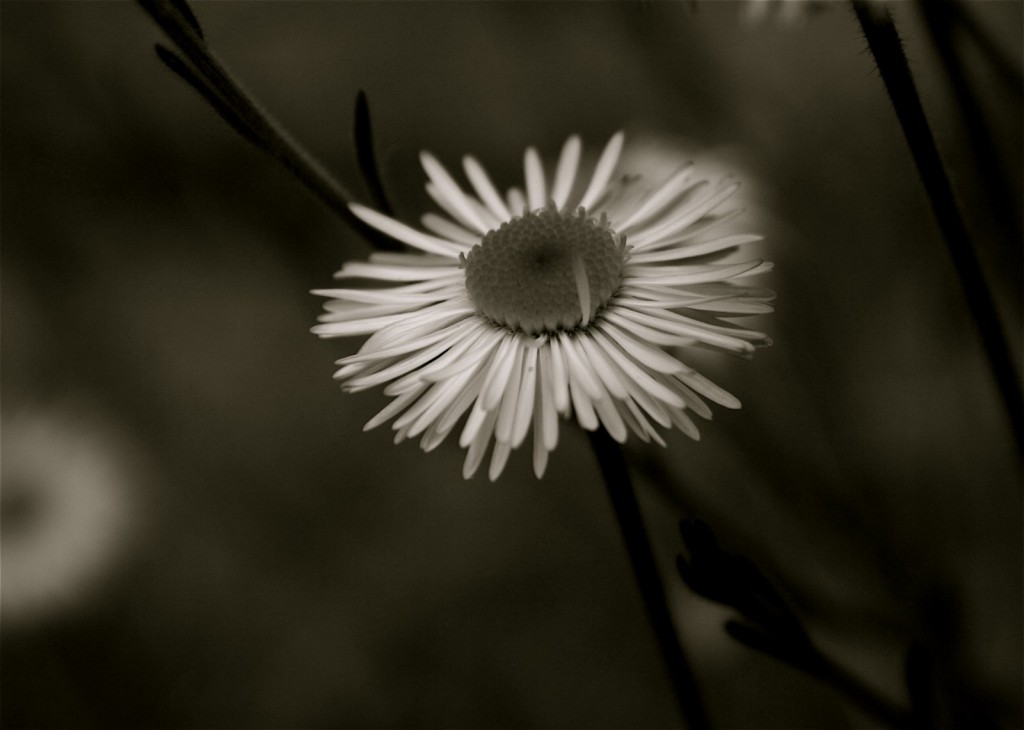
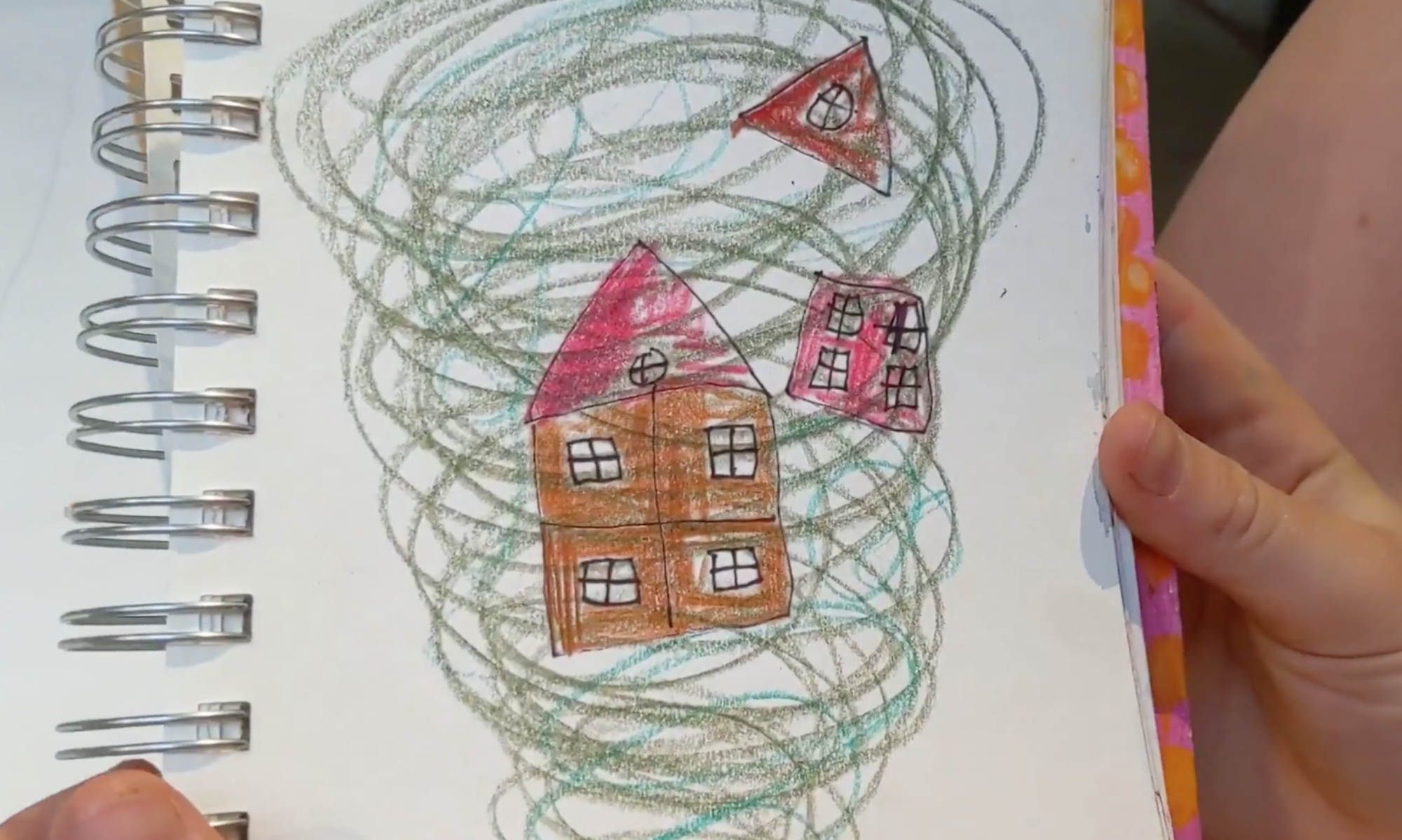
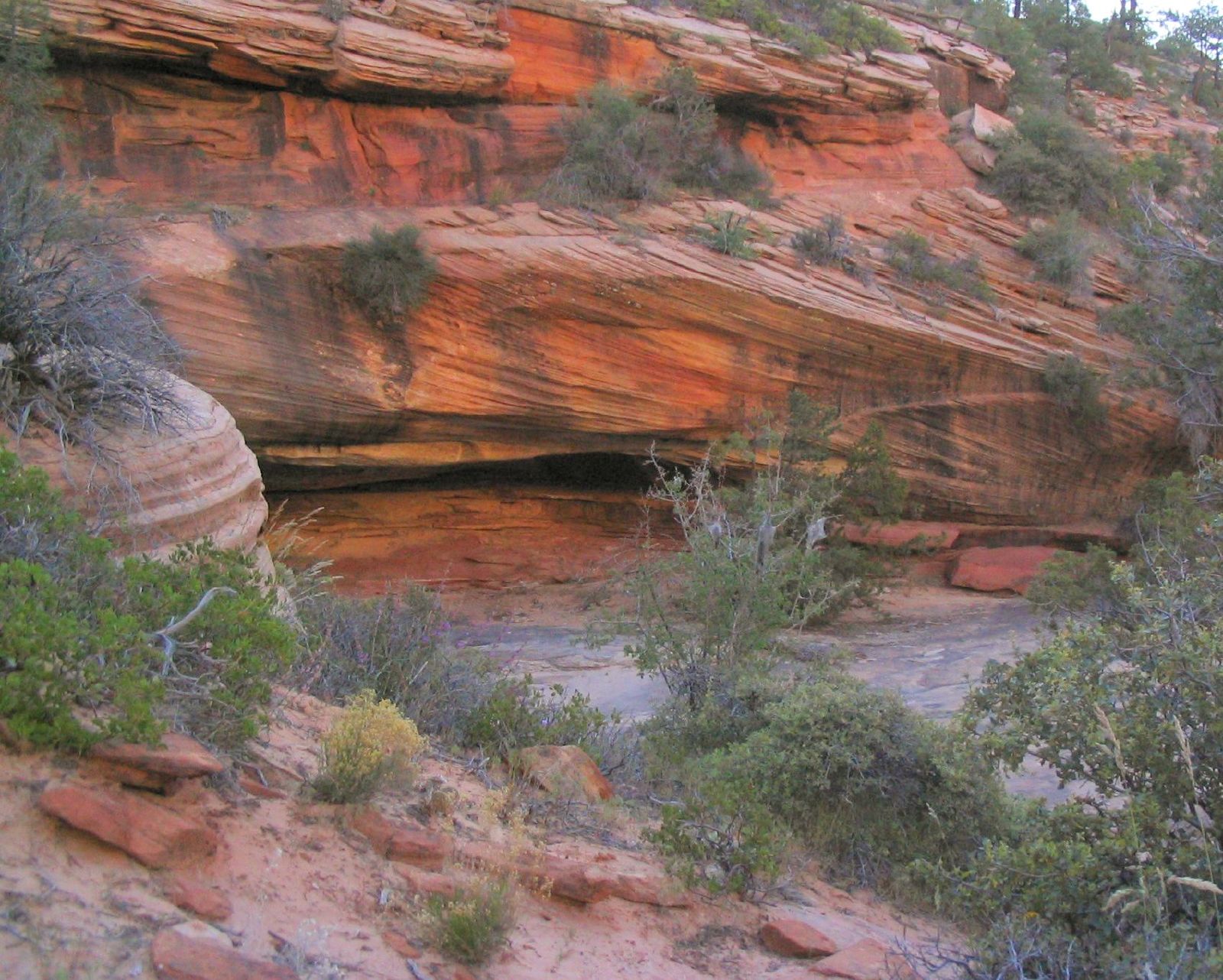
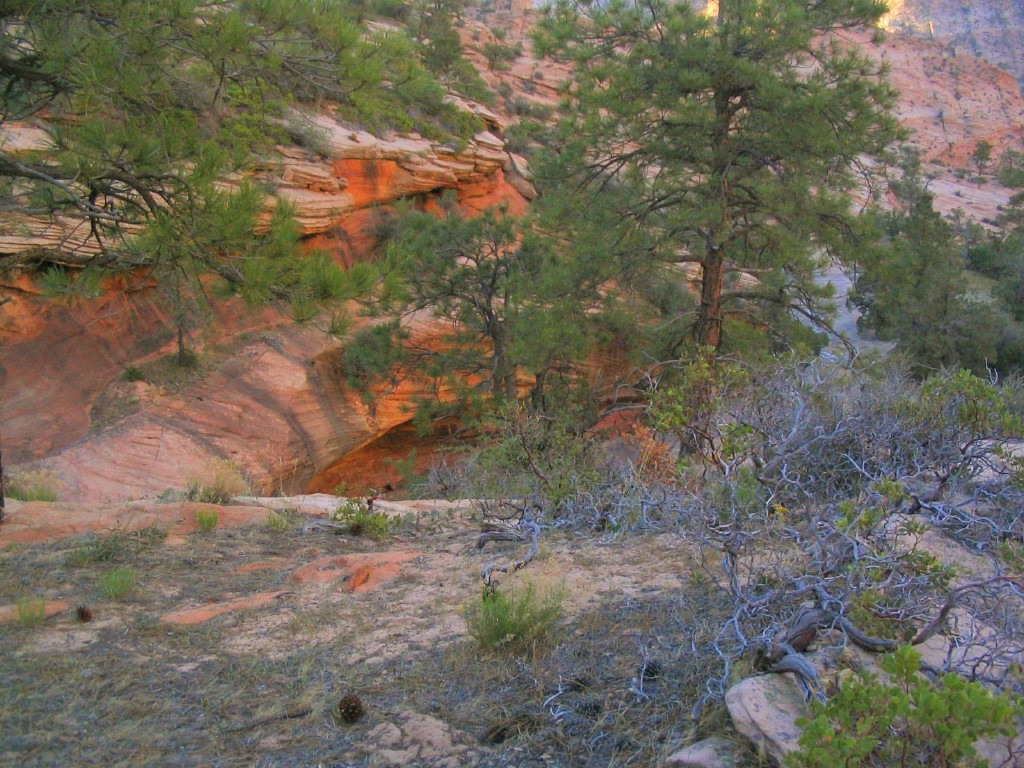
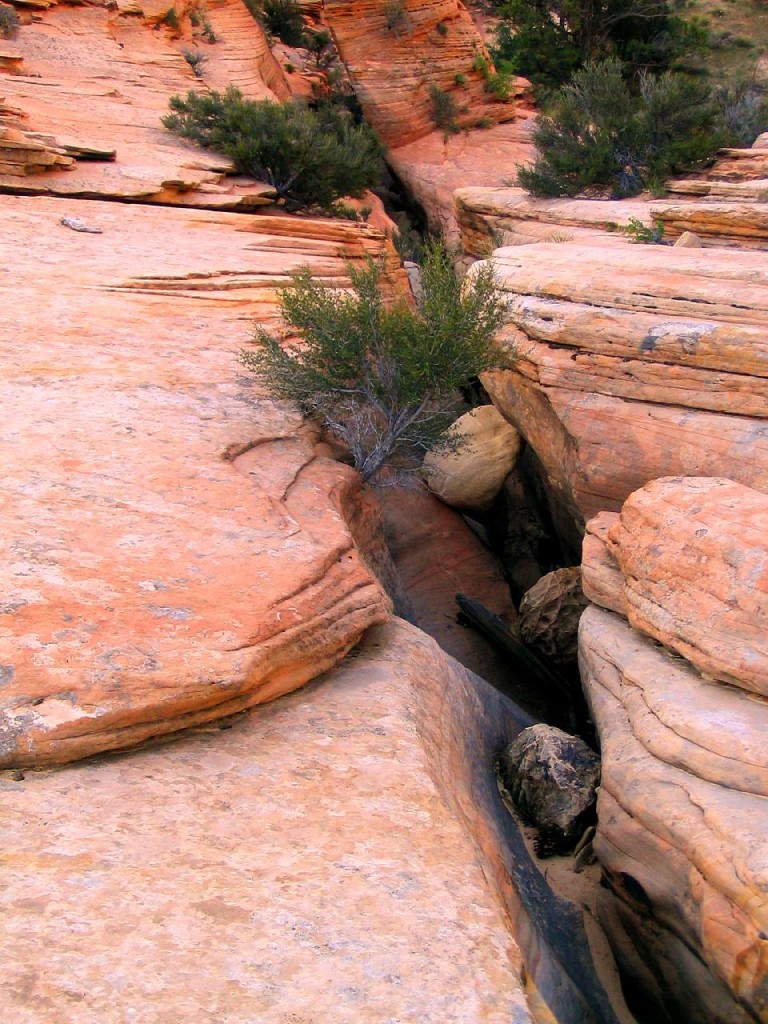
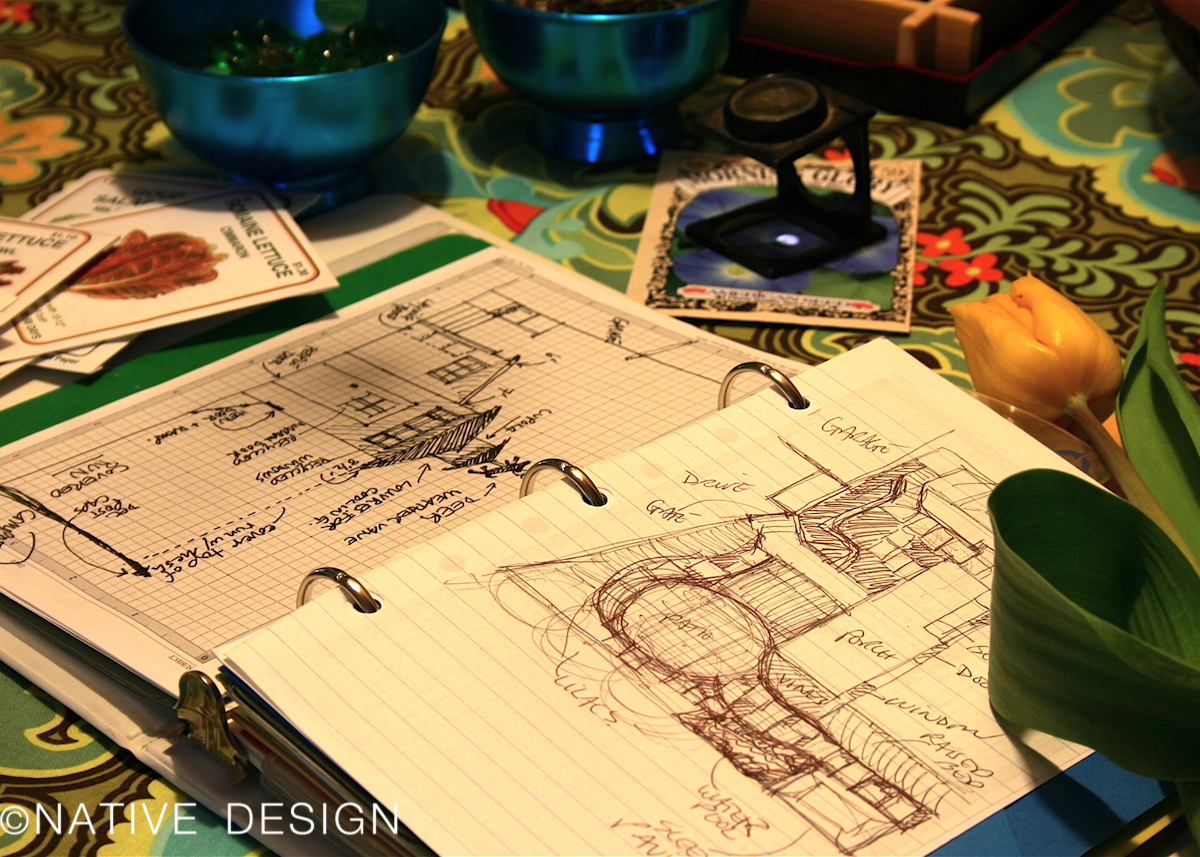
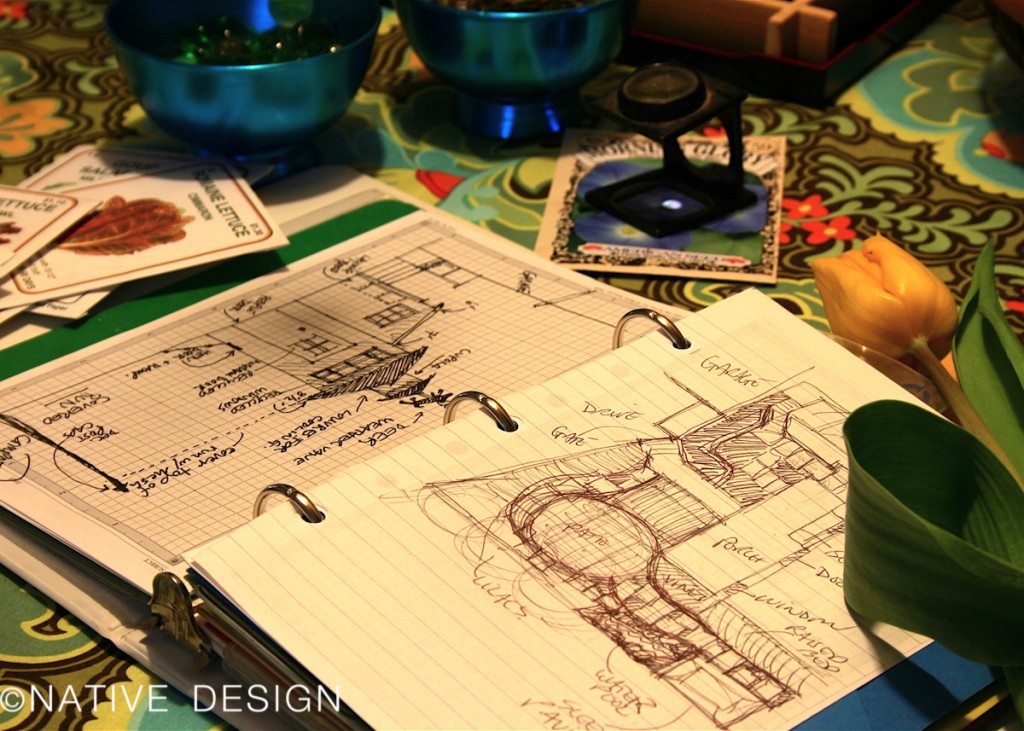
 I’ve kept a separate notebook or journal for my garden for years. Off and on. I’m not as disciplined as I’d like to be about keeping track of what is planted where; which plants are blooming when; what I’ve spent on the garden … or where I bought my materials, pots, and other stuff.
I’ve kept a separate notebook or journal for my garden for years. Off and on. I’m not as disciplined as I’d like to be about keeping track of what is planted where; which plants are blooming when; what I’ve spent on the garden … or where I bought my materials, pots, and other stuff.